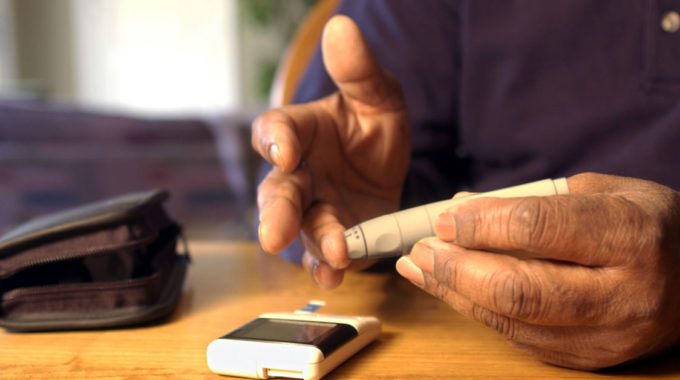
Study Finds Public Reporting Exacerbates Inequities in Home Health Access
A new study conducted by researchers at the School of Public Health at the University of Minnesota has revealed that public reporting of home health agency quality ratings may unintentionally worsen disparities in access to high-quality home health care. The study, led by Shek Inah A. Fashaw-Walters, examines the impact of the home health five-star ratings on access to high-quality home health agencies by various demographic groups, including race, ethnicity, income status, and neighborhood characteristics.
Public reporting of healthcare quality has been introduced with the intention of improving transparency and accountability in the healthcare system. However, this study suggests that while public reporting may have some positive effects, it can also exacerbate existing disparities in access to high-quality care for marginalized populations.
The research, conducted between July 2014 and June 2017, used data from the Outcome and Assessment Information Set, Medicare Enrollment Files, Care Compare, and American Community Survey to assess changes in access to high-quality home health agencies after the introduction of the five-star quality ratings in 2016.
The Key Findings of The Study Include:
- Overall Increase in High-Quality Home Health Use: After the introduction of the five-star ratings, there was an increase in adjusted rates of high-quality home health agency use for most home health patients, with some exceptions.
- Disparities by Race and Ethnicity: The study found that Hispanic/Latino and Asian American/Pacific Islander patients experienced a decrease in their use of high-quality home health agencies after the introduction of the ratings. In contrast, black and American Indian/Alaska Native patients saw a reduction in disparities compared to their white counterparts.
- Income-Based Disparities: Low-income home health patients experienced a significant increase in disparities in high-quality agency use compared to higher-income patients after the introduction of the ratings.
- Neighborhood Disparities: Predominantly Hispanic/Latino neighborhoods witnessed a significant decrease in high-quality home health agency use, while predominantly white and integrated neighborhoods saw an increase. Other neighborhoods experienced negligible changes.
The study suggests that public reporting may have different impacts on various demographic groups, with some benefiting and others experiencing worsened disparities. It also highlights the importance of raising awareness about the five-star quality ratings, particularly among marginalized populations.
The researchers call for targeted federal, state, and local interventions to address these disparities and to ensure that public reporting policies do not inadvertently exacerbate existing healthcare inequalities. Additionally, future research should explore the reasons behind these disparities and investigate potential solutions to promote equitable access to home health care.
In Conclusion
The study sheds light on the complex relationship between public reporting of healthcare quality and disparities in access to care, emphasizing the need for a more nuanced approach to policy implementation to ensure healthcare equity for all.
Resource: FASHAW‐WALTERS SA, Rahman M, Gee G, Mor V, RIVERA‐HERNANDEZ MA, Ford C, Thomas KS. Potentially more out of reach: public reporting exacerbates inequities in home health access. The Milbank Quarterly. 2023 Mar 24.
https://onlinelibrary.wiley.com/doi/pdf/10.1111/1468-0009.12616






